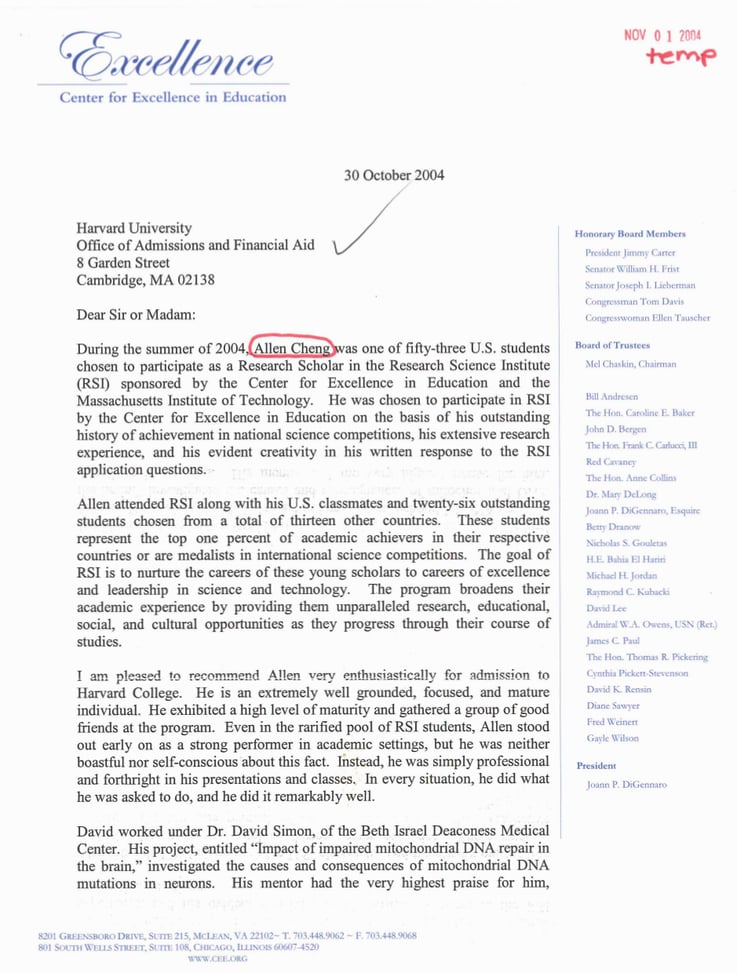
Paul more than any of the other apostle’s letters kept front and center that salvation was by faith alone. The whole book of Galatians focuses on the freedom Christ offers the believer, and the letter to the Romans contains deep theological rivers expositing the glory of salvation by grace alone, through faith alone, in Christ ALONE.
Writing in Year 1
- Known as Saul prior to his ministry, Paul was born of Hebrew parents aboutA.D. 5, or a few years earlier, in Tarsus, a city of Cilicia. He later became a Roman citizenand also became fluent in speaking and writing in the Greek language.
- Paul's very first letter, the earliest, single writing that we have in the New Testament is First Thessalonians and already in First Thessalonians Paul is having to console them when people are.
The prime focus, in Year 1, is on securing children’s knowledge and understanding of Phonics. By the end of the year, children should be able to read, write and blend all 44 phonemes. Equipped with this knowledge, plus an ability to spell “common exception words” (such as the, some, my, because) and to add simple prefixes and suffixes (un-,–ing, -ed, -er, -est), the children should be able to write simple sentences that make sense, begin with a capital letter, and end with a full stop, question mark or exclamation mark. They should be able to join words and clauses using and. By term 3, children should be able to sequence sentences to form short narratives with a simple structure, e.g. a beginning, a middle, and an end, and to write instructions in the correct order. By the end of the year, children in Year 1 should start to show some variety in sentence openings (While… When… Where.. Fortunately… Unfortunately… Sadly…). Lower and upper case letters should be correctly formed.


Writing in Year 2
The key focus in Year 2 is on enriching the sentences that children write, with a wider range of more complex sentence opening phrases (such as In a land far away… Later that day… To his amazement… As soon as…), interesting adjectives to describe people, objects and settings, and interesting adverbs to describe actions. They should be able to check that their writing makes sense (using the present and past tense appropriately) and is correctly punctuated with full stops, capital letters, exclamation marks, question marks and commas in lists). Children should be secure in their spelling of common exception words, common homophones (e.g. which and witch; wear and where); and words with contractions (such as it’s, can’t, won’t, they’re, etc.). Children are also taught to use the possessive apostrophe in Year 2. Lower and upper case letters should be correctly sized and joined.
Writing in Year 3

Children learn to write in paragraphs in Year 3. These paragraphs should include a variety of simple, complex and compound sentences, with a range of conjunctions (meanwhile, during, following, when, if, because, although, however…). Pupils should start to include interesting and appropriate vocabulary that creates impact or clarifies information (e.g. a loud, wailing noise; stare, tremble, slither; magnificent, unbelievable). Common homophones and near-homophones should be correctly spelt (e.g. their, there, they’re; your, you’re; where, were; allowed, aloud; to, two, too), and children will learn to spell words ending in -tion, -sion, -cian and -ssion. In Year 3, children start to learn to use speech marks in dialogue, colons before a list and commas after fronted adverbials. Force phone activation. Lower and upper case letters should be correctly sized and joined.
Writing in Year 4
Children in Year 4 continue to focus on enhancing cohesion and adding impact to their writing. They do this by learning to ensure that paragraphs All about citrixstorefront. have relevant and varied openings, and are used for a new subject, time, place, or person. Children’s non-fiction writing should contain an introduction and a conclusion. Children also continue to practise selecting strong vocabulary for effect and precision; weak verbs such as ‘got’, ‘said’ and ‘went’ should be replaced. Most common words, homophones and words with prefixes and suffixes should be spelt correctly. By the end of Year 4, punctuation of speech should be secure and reporting clauses should be used correctly. By term 3, the comma should also be used correctly to punctuate subordinate clauses and fronted adverbials. Lower and upper case letters should be correctly sized and joined.
Writing in Year 5
By Year 5, children should be planning and writing independently, taking account of their audience. They should be checking and editing their writing to ensure that devices, such as sentence and paragraph openers, lend it cohesion; sentences convey meaning clearly; and vocabulary adds impact. Spellings should be checked independently. Correctly punctuated dialogue should convey character and enhance action in story-writing. Sentences should be varied in structure, demonstrating an ability to include clauses appropriately within, at the start, and at the end of them. Children are taught to accurately use a wider range of punctuation, including brackets, dashes and commas for parenthesis. Lower and upper case letters should be correctly sized and joined.
St Paul Letter To Romans
Writing in Year 6
The Writings Of Paul
Writing in Year 6 should be independently planned, drafted and edited. Adverbials and subordinate clauses should enhance cohesion, and adventurous vocabulary and grammatical structures should create impact and reflect the level of formality required. Sentences should continue to be varied in structure, demonstrating an ability to include clauses appropriately within, at the start, and at the end of them. Children learn the difference between passive and active styles and should demonstrate both, appropriately, in their writing. Children learn how to use the colon and semi-colon and should show a wide variety of accurately used punctuation in their writing. Lower and upper case letters should be correctly sized and joined.




